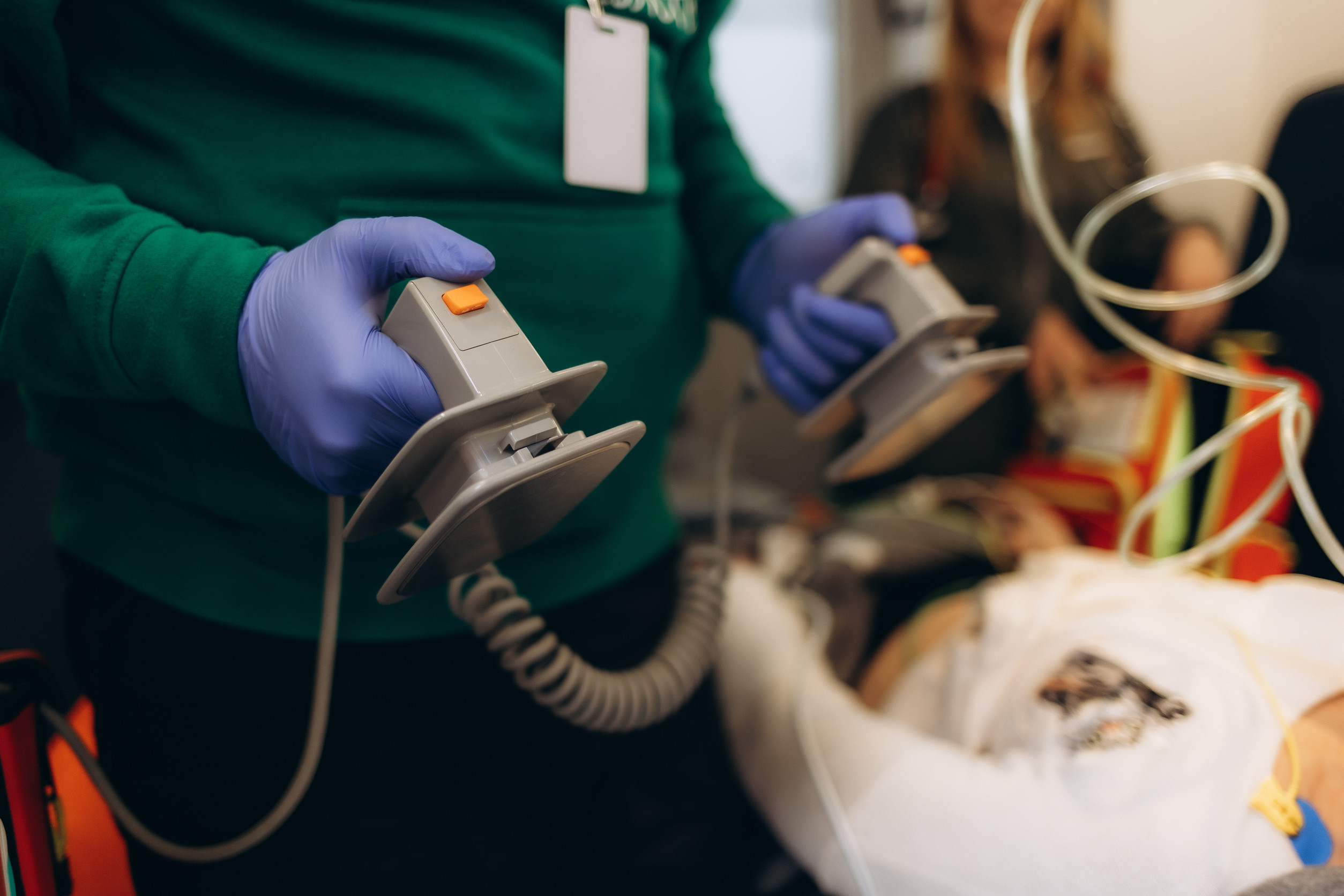Medical devices are meant to save lives, restore health, and provide hope to millions of patients around the world. But when these devices fail, the consequences can be devastating—especially when the companies behind them choose silence over transparency.
Some recalls make national headlines and spark public outrage, while others slip under the radar, leaving patients unaware that something inside their body may be harming them. These quiet recalls rarely draw the attention they deserve, and often the people most affected only find out when it’s too late.
1. The Hidden Hip Implant Hazard
A few years ago, thousands of patients received metal-on-metal hip implants that promised durability and smoother movement. But these devices began shedding metal debris into patients’ bodies, leading to painful tissue damage and toxic metal poisoning. Rather than issuing loud alerts, some manufacturers quietly initiated voluntary recalls and left patients to discover the truth from their doctors—if they were lucky. Many patients underwent revision surgeries without ever realizing their implant had been pulled from the market. The damage, both physical and financial, still haunts countless individuals who trusted the promise of a better life.
2. A Defibrillator That Failed When Needed Most
Implantable cardioverter-defibrillators are designed to shock a failing heart back to life, a mission so critical that any defect can be a matter of life and death. One particular model was found to have a flaw in its wires, which could lead to the device failing to deliver a lifesaving jolt—or worse, delivering shocks when they weren’t needed. Instead of wide public announcements, the company communicated the problem mainly through technical advisories to physicians. Many patients remained completely unaware that the device inside their chest posed a hidden threat. In the end, this quiet recall left a wake of preventable suffering and heartbreak.
3. Breast Implants Linked to Rare Cancer
Breast implants have been scrutinized for decades, but one type—textured implants—was linked to a rare form of lymphoma known as BIA-ALCL. The connection emerged gradually through scattered case reports and mounting evidence from concerned oncologists. When the recall came, it was far from the loud, coordinated campaign one might expect for a cancer risk. Many women only learned their implants were implicated through word of mouth or social media groups. For some, the diagnosis came before the news ever did.
4. Infusion Pumps with Deadly Dosage Errors
Infusion pumps are supposed to deliver precise doses of medication, fluids, or nutrients to patients in hospitals or at home. A certain line of portable pumps turned out to be prone to malfunction, delivering too much or too little medicine. The manufacturer issued a series of recalls in the form of technical corrections and software updates, but stopped short of major public announcements. As a result, patients and caregivers often continued using flawed pumps until a serious incident forced their hand. This quiet handling left countless people exposed to avoidable overdoses and underdoses.
5. Surgical Mesh That Destroyed Lives
Surgical mesh products were marketed as revolutionary solutions for hernia repairs and pelvic organ prolapse. Patients trusted their doctors when told the mesh would strengthen weakened tissues and speed up recovery. But some mesh devices eroded into surrounding organs, causing chronic pain, infections, and irreversible damage. Instead of a sweeping public notice, companies often opted for phased withdrawals, modifying product lines without explaining the dangers. For many patients, the realization that their suffering stemmed from a recalled device came long after irreversible harm was done.
6. Faulty Insulin Pumps Endangering Diabetics
Insulin pumps allow diabetics to maintain tight control of blood sugar levels with automated dosing, but one popular model was found to have a defect that could cause the device to deliver the wrong amount of insulin. Rather than a widespread consumer alert, the company handled the issue quietly through a limited recall and private notifications to healthcare providers. Many users continued relying on the flawed devices, unaware of the risk of severe hypoglycemia or dangerous spikes in blood sugar. Stories of sudden collapses and emergency hospital visits trickled out only after lawsuits brought the hidden problem to light. The lack of clear public warning left vulnerable patients at the mercy of a silent defect.
7. A Hidden Threat in Heart Valve Implants
Heart valve implants replace damaged or diseased valves and restore proper blood flow through the heart. One type of mechanical valve was discovered to have an issue that could lead to clot formation or structural failure over time. Instead of recalling the device through broad public channels, the company communicated largely through specialized medical bulletins. Many patients learned about the problem only during routine check-ups—often after complications had already started. This quiet recall approach left some patients facing emergency surgery they might have avoided with timely information.
The Risks of Medical Devices
Medical devices should never be a gamble in the shadows. When they fail, clear communication can mean the difference between life and death, between informed choices and devastating surprises. The examples above show how easily a quiet recall can keep patients in the dark, prioritizing reputations and bottom lines over transparency and trust. It is vital that patients demand better accountability and that regulators enforce stricter standards for public notice when devices pose risks.
Have thoughts on these hidden recalls or a story to share? Join the conversation and add your comment below—your voice could help shine a light where secrecy once thrived.
Read More
9 Signs Your “Buy Now, Pay Later” Habit is a Financial Red Flag
Can You Afford to Live to 100? How Longevity Medicine Is Changing Retirement Planning



How do I find out about what brand of defribulator is part of this article?
Hi Julie! You can learn more about the recall on this one here: https://www.fda.gov/medical-devices/medical-device-recalls/medtronic-recalls-implantable-cardioverter-defibrillators-icds-and-cardiac-resynchronization-therapy